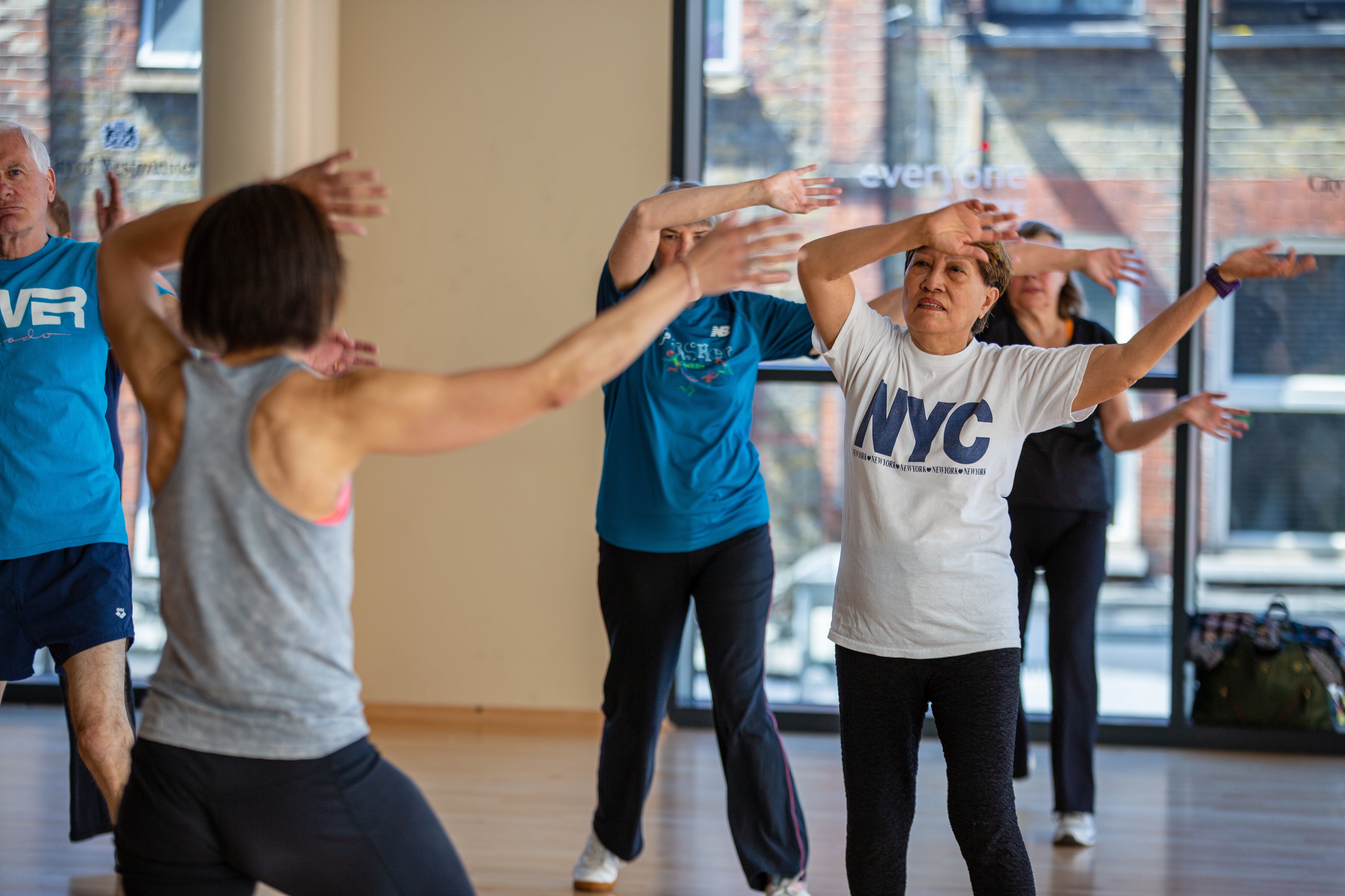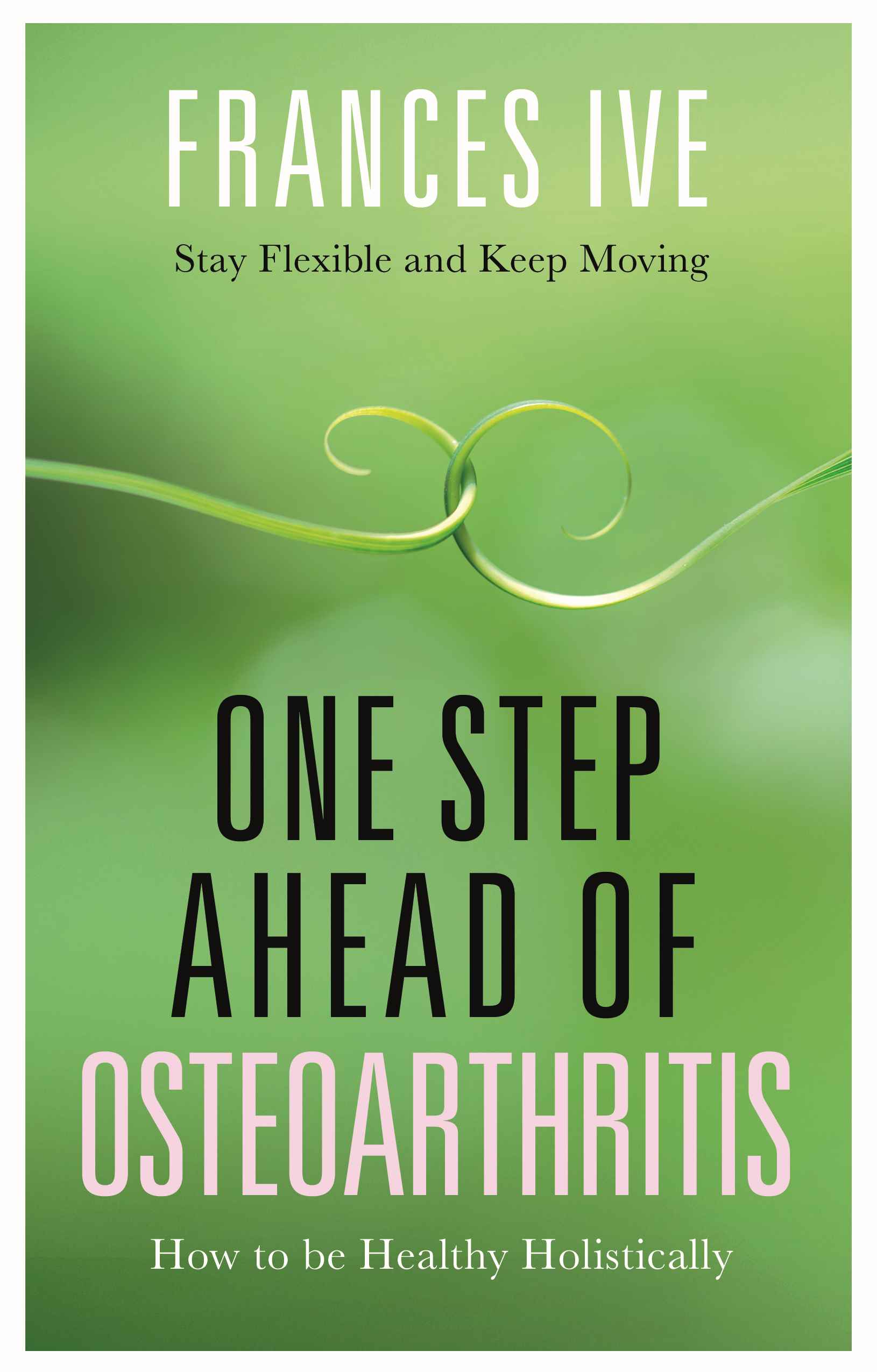
 It crept up slowly with a little niggle here and there, and a bit of stiffness in the joints and then I wondered why my knee seemed to hurt when I played tennis. So I went to the doctor and was referred for an MRI, worried that I might need to have an operation. So it came as some relief to be shown the scan and see that it was osteoarthritis, no damage, and no need for an operation. I was told to carry on playing tennis and do other exercise.
It crept up slowly with a little niggle here and there, and a bit of stiffness in the joints and then I wondered why my knee seemed to hurt when I played tennis. So I went to the doctor and was referred for an MRI, worried that I might need to have an operation. So it came as some relief to be shown the scan and see that it was osteoarthritis, no damage, and no need for an operation. I was told to carry on playing tennis and do other exercise.
After a couple of months I was back to playing tennis with a support on my knee and that was eight years ago, and I haven’t had to stop since. But then my thumbs started hurting, and the joints in some of the fingers felt swollen. I was wary of arthritis in the hands as I’d seen my mother’s gnarled fingers and didn’t want the same to happen to me. So I had them X-rayed and sure enough it was osteoarthritis.
I am a health journalist and I follow a natural lifestyle, so that seemed to be the way to go. And to be honest the doctor didn’t really offer any alternatives. They tell you to take Ibuprofen if the pain is bad, but strong drugs are reserved for chronic pain and due to the side-effects they certainly don’t hand them out to anyone who has a bit of osteoarthritis.
I also take the view that with many health issues there is so much you can do yourself that it’s not necessary to suffer. So I started researching the subject and found out that I needed to make my diet more alkaline and much less acidic as acidity in the body is a problem for osteoarthritis (and many other conditions). This simply involved some adjustments to what I ate, but no major changes. I almost cut out certain foods like tomatoes, aubergines and potatoes, and decided to drink much less wine.
I was already exercising quite a lot – tennis, tai chi and yoga – but I added some specific exercises for knees and hands and made sure I did some every day. Tennis clubs are full of “older” people wearing knee supports yet doctors seem to think that it’s a good idea to continue with any exercise that you are used to doing. Tai chi and yoga are both very good for osteoarthritis, and classes are often manageable for the less mobile.
I experimented with different supplements, that are known to be good for osteoarthritis (glucosamine, chondoitrin, rosehip, and more) but settled on turmeric and (no-blush) Niacin or Vitamin B3). I took cider vinegar in water every day and gradually things began to improve, although I should emphasise that you can’t actually cure osteoarthritis but you can reduce inflammation and pain.
By not taking my thumbs and fingers for-granted, as I had done all my life, and trying to avoid putting undue pressure on them, I have found that they don’t cause me many problems any more. In fact, and this is quite amazing, they are straighter and stronger, and the knuckles are far less inflamed – happily they are not now very noticeable to other people, which is a good thing.
It’s important for me to keep my weight down as a few pounds extra can make all the difference with my knee and it can start hurting. I also need to avoid too many stairs downward, so often take the lift just to avoid them. I can walk down steps perfectly well but it puts unnecessary pressure on them.
Once it becomes a way of life to manage osteoarthritis, it is easy to do and prevents too much pain or discomfort. My own experience and my background as a health journalist made me decide to write One Step Ahead of Osteoarthritis, so that others can benefit and take a positive approach rather than feeling downhearted about it.
Blog post written by Frances Ive, author of One Step Ahead of Osteoarthritis which is now available from Hammersmith Health Books!
